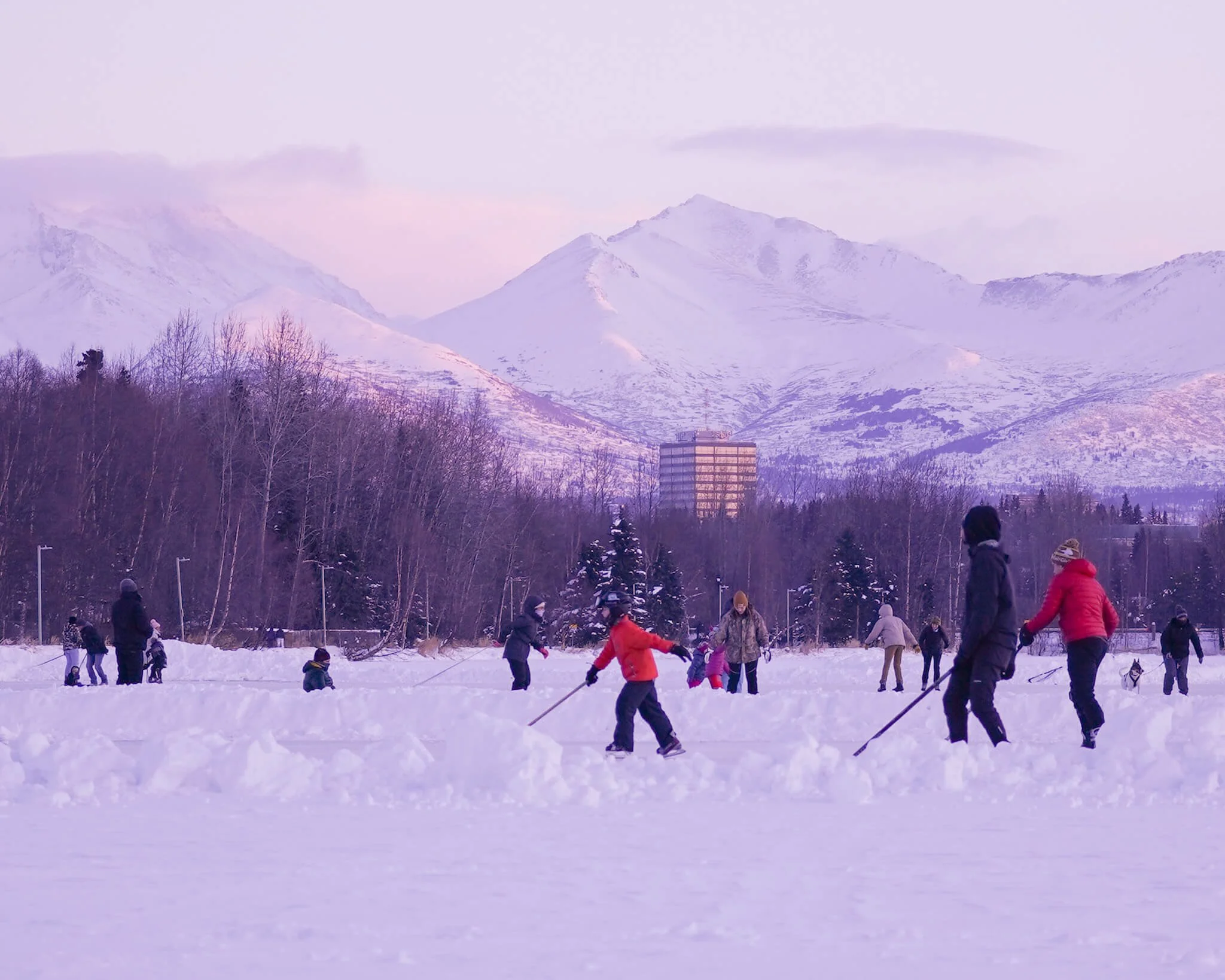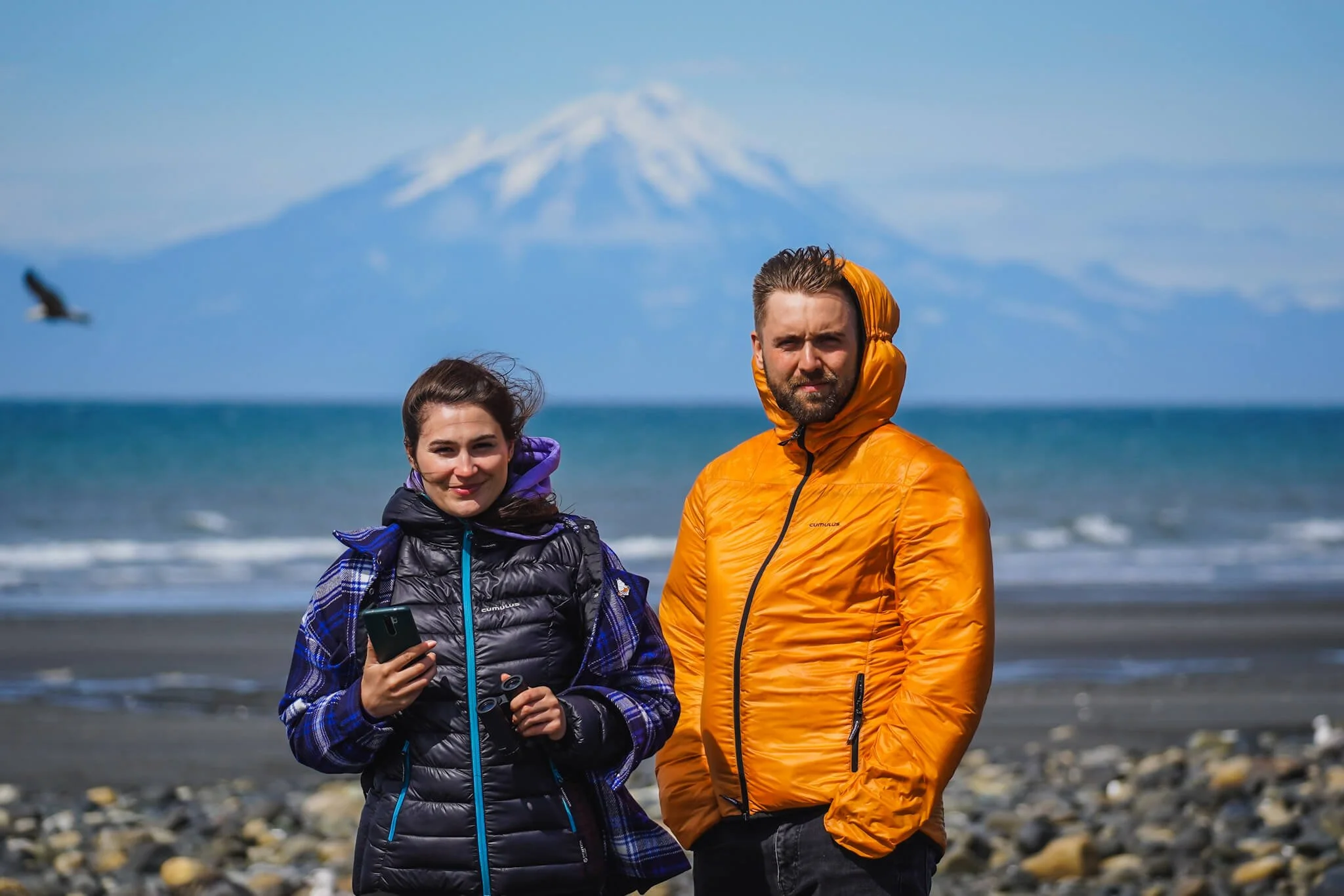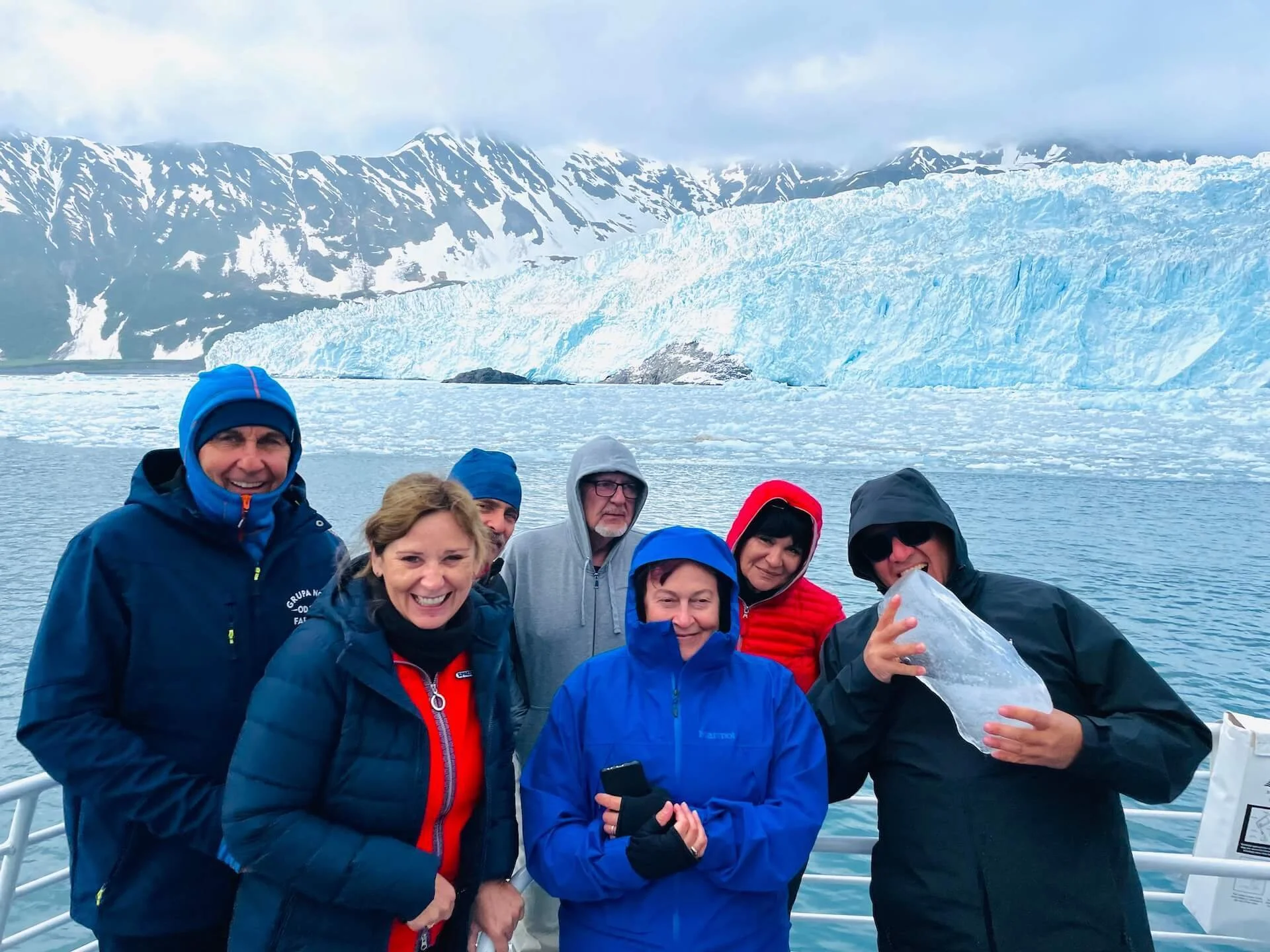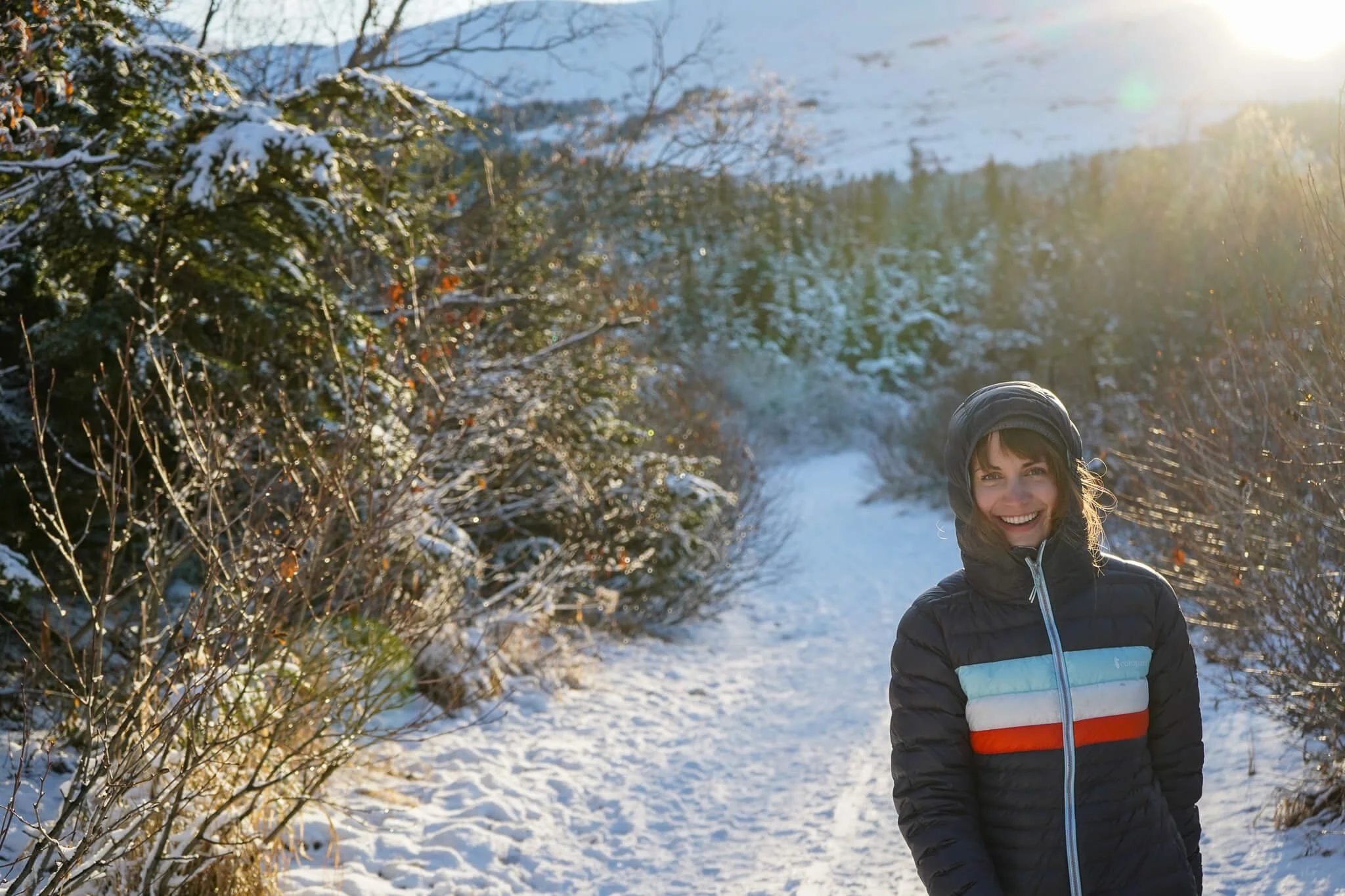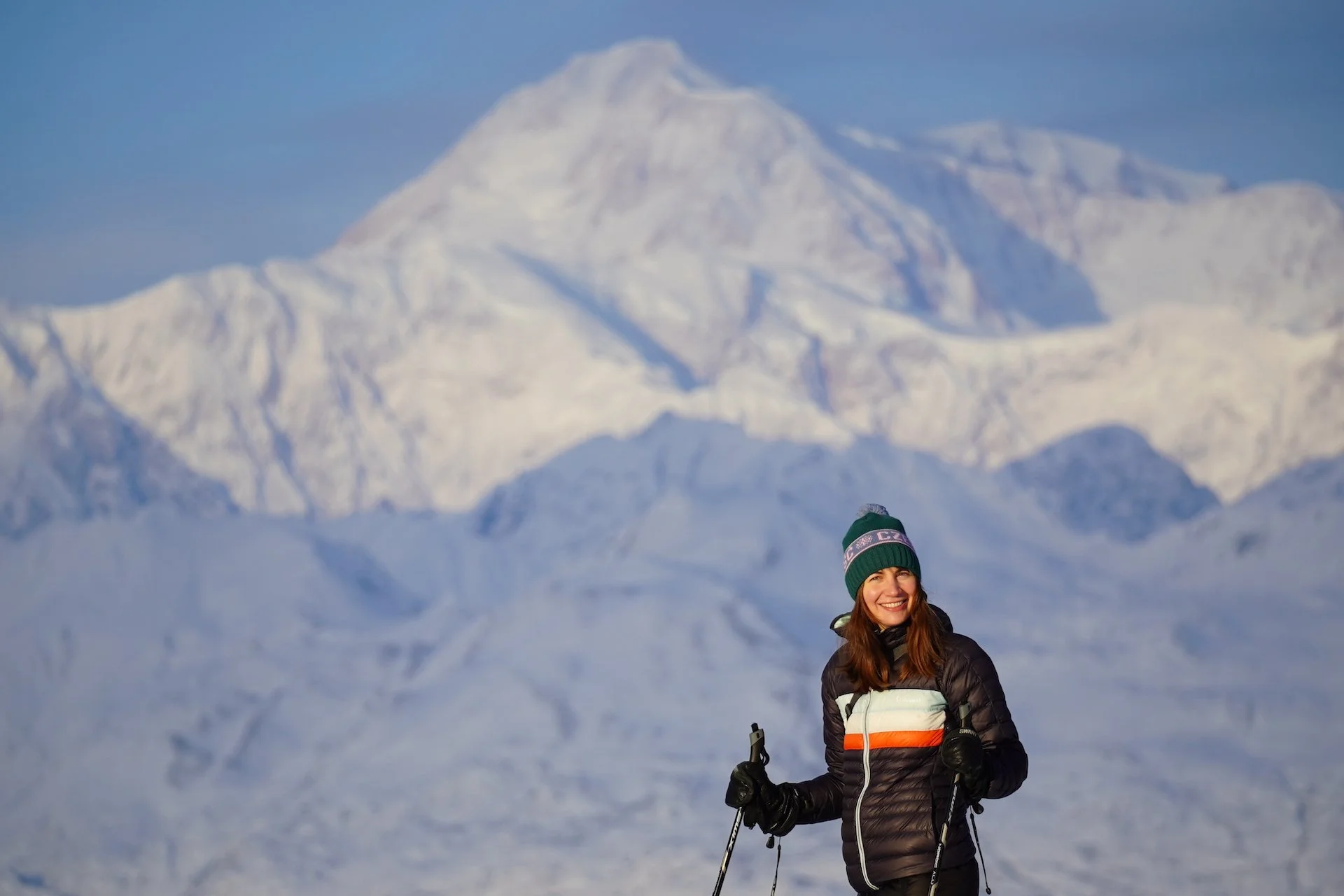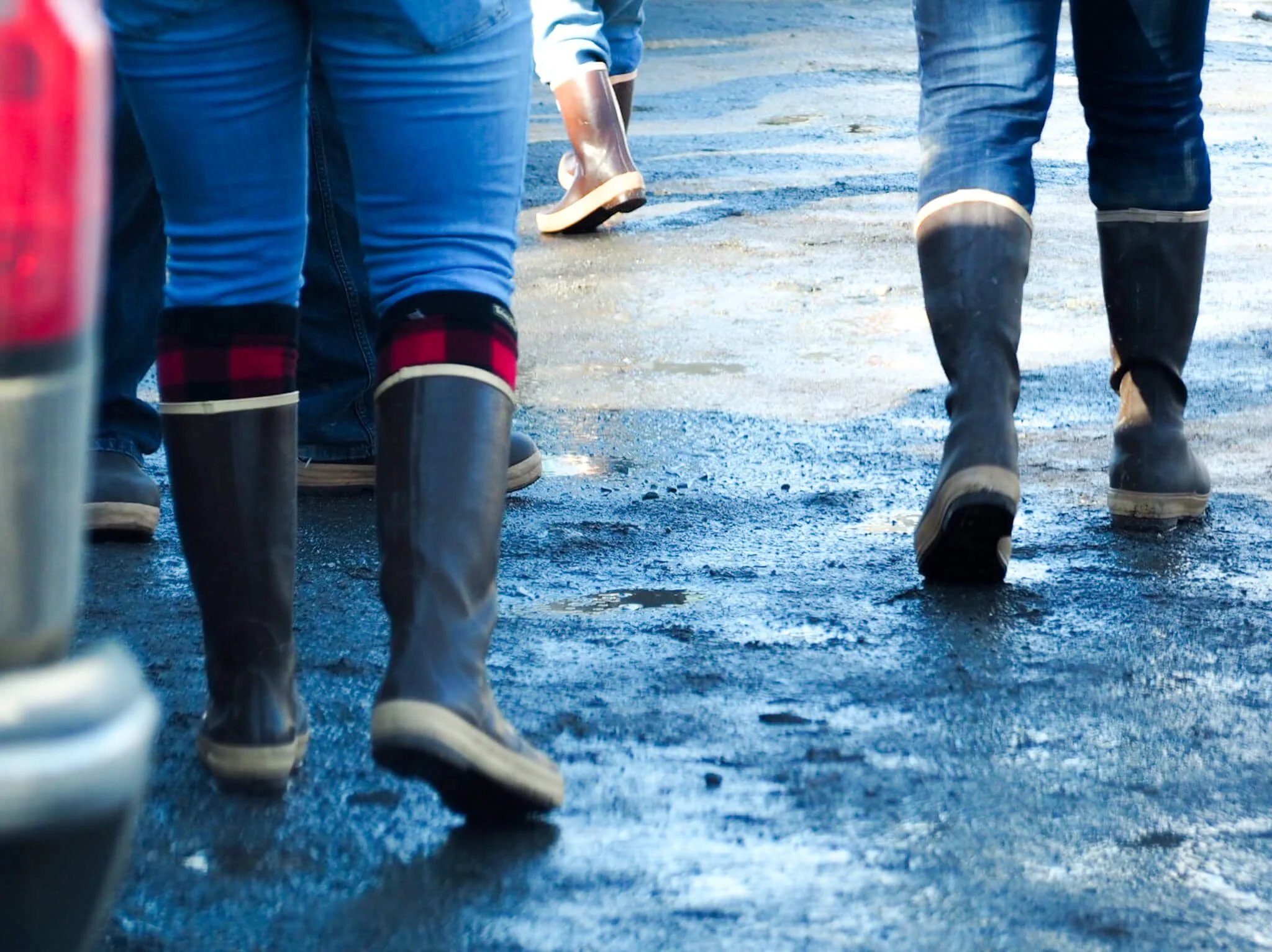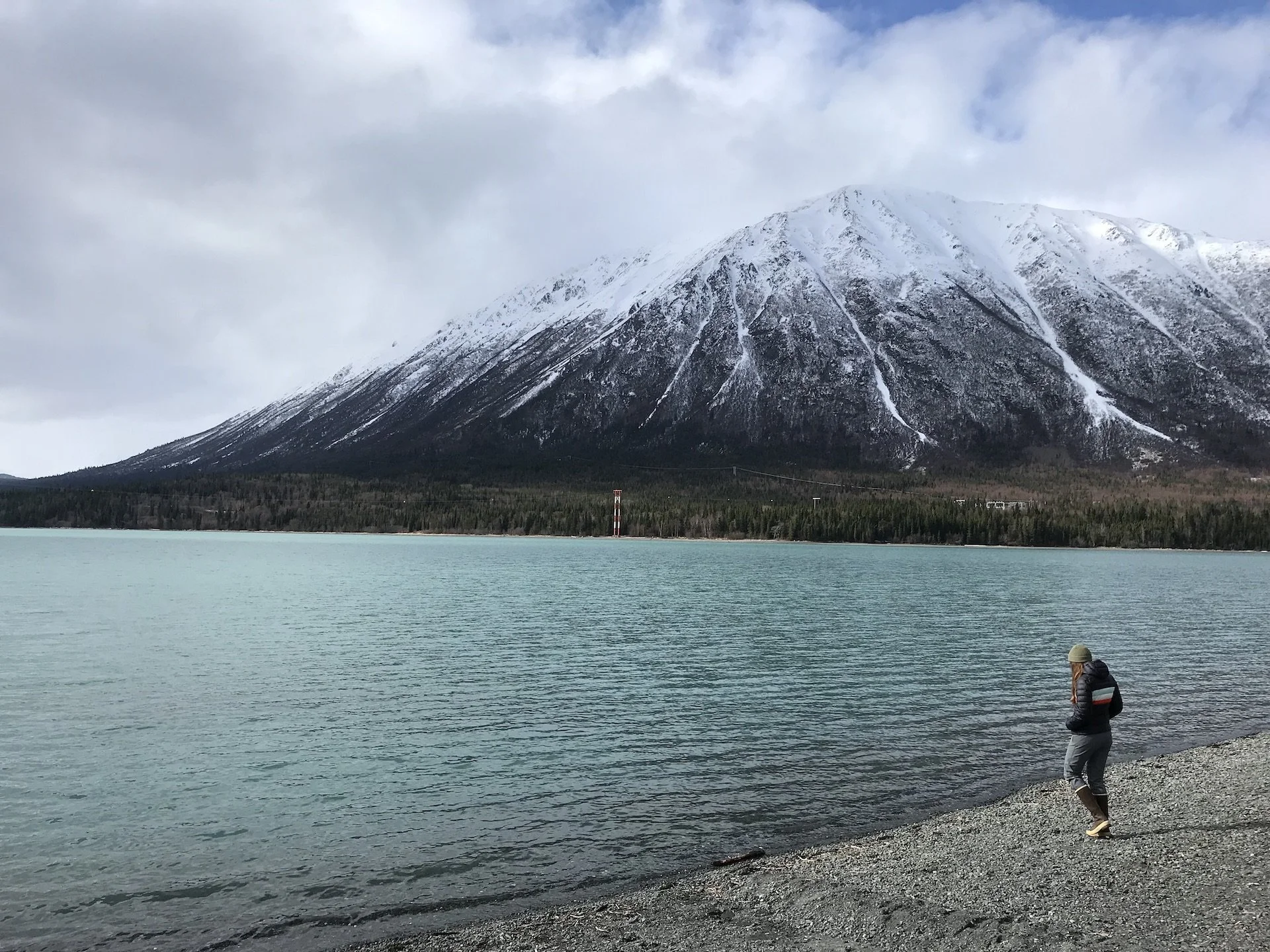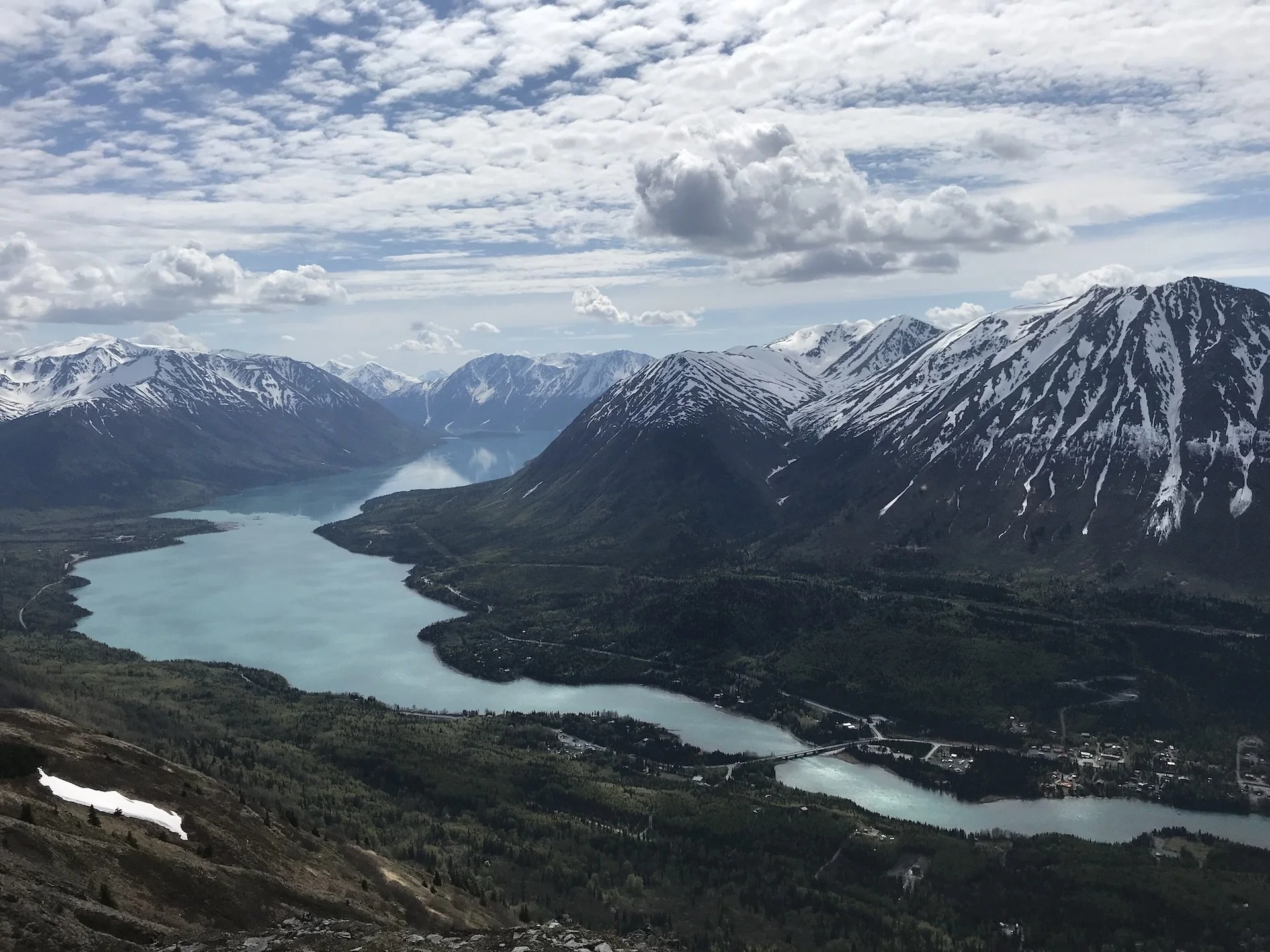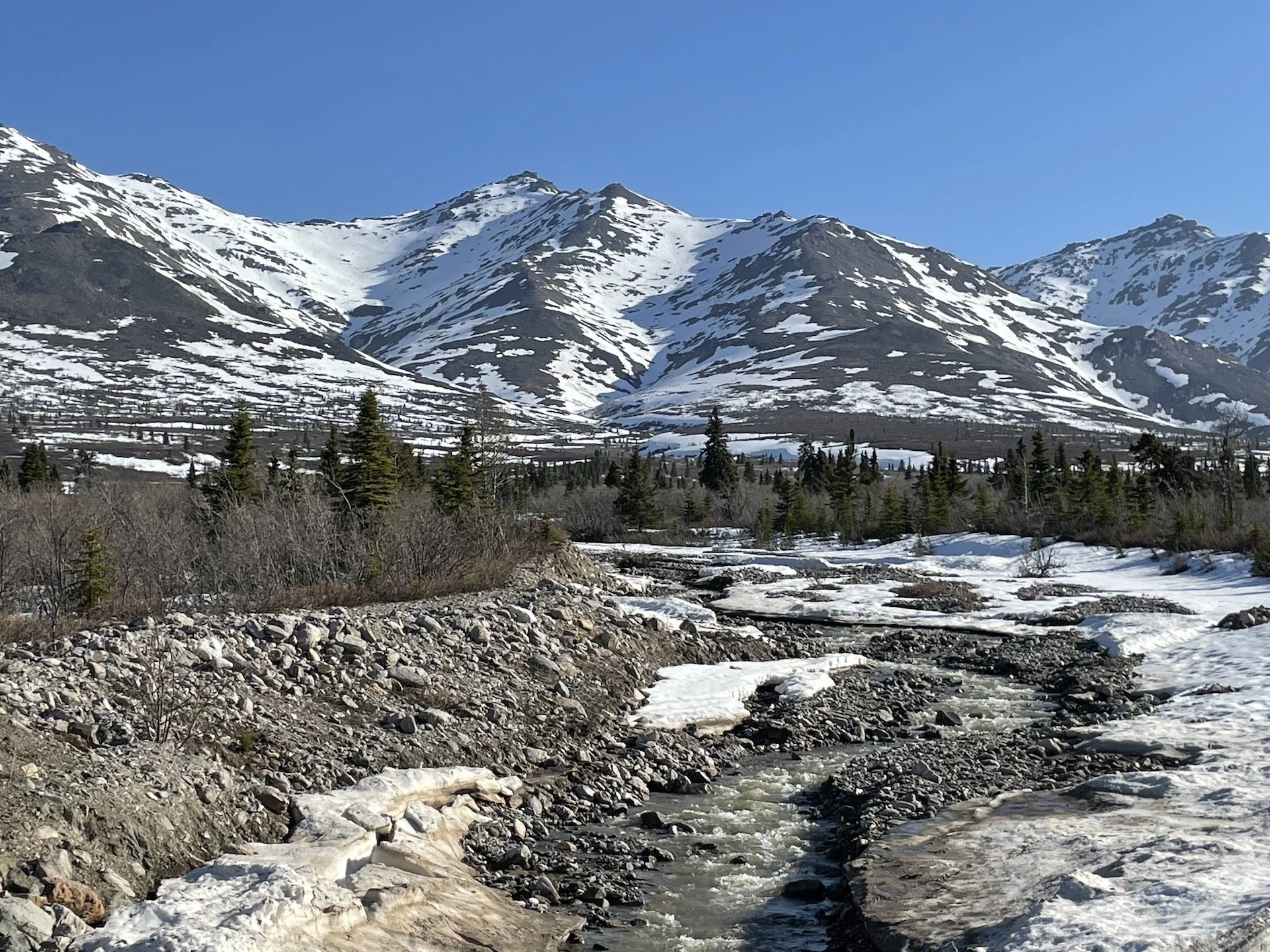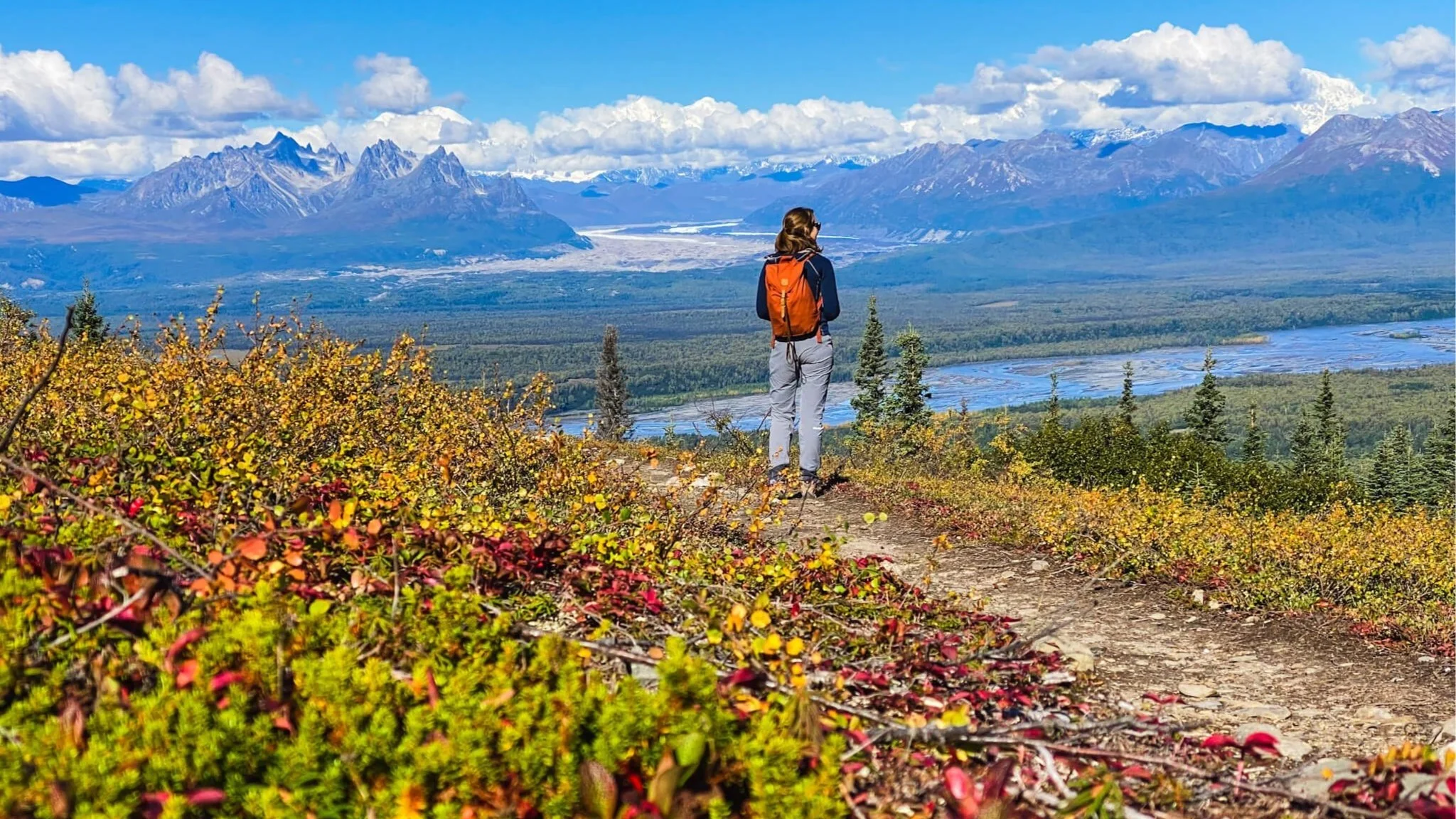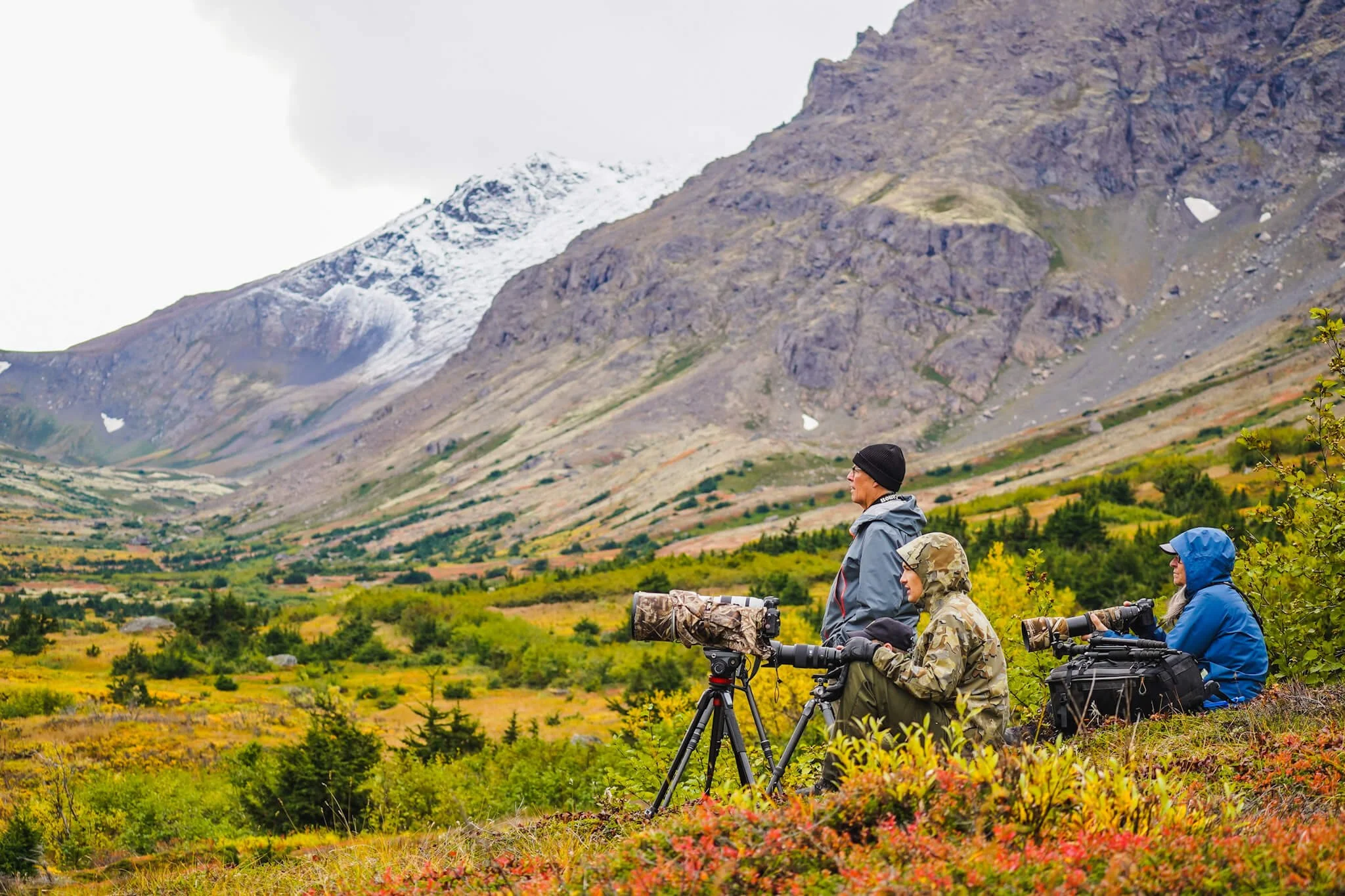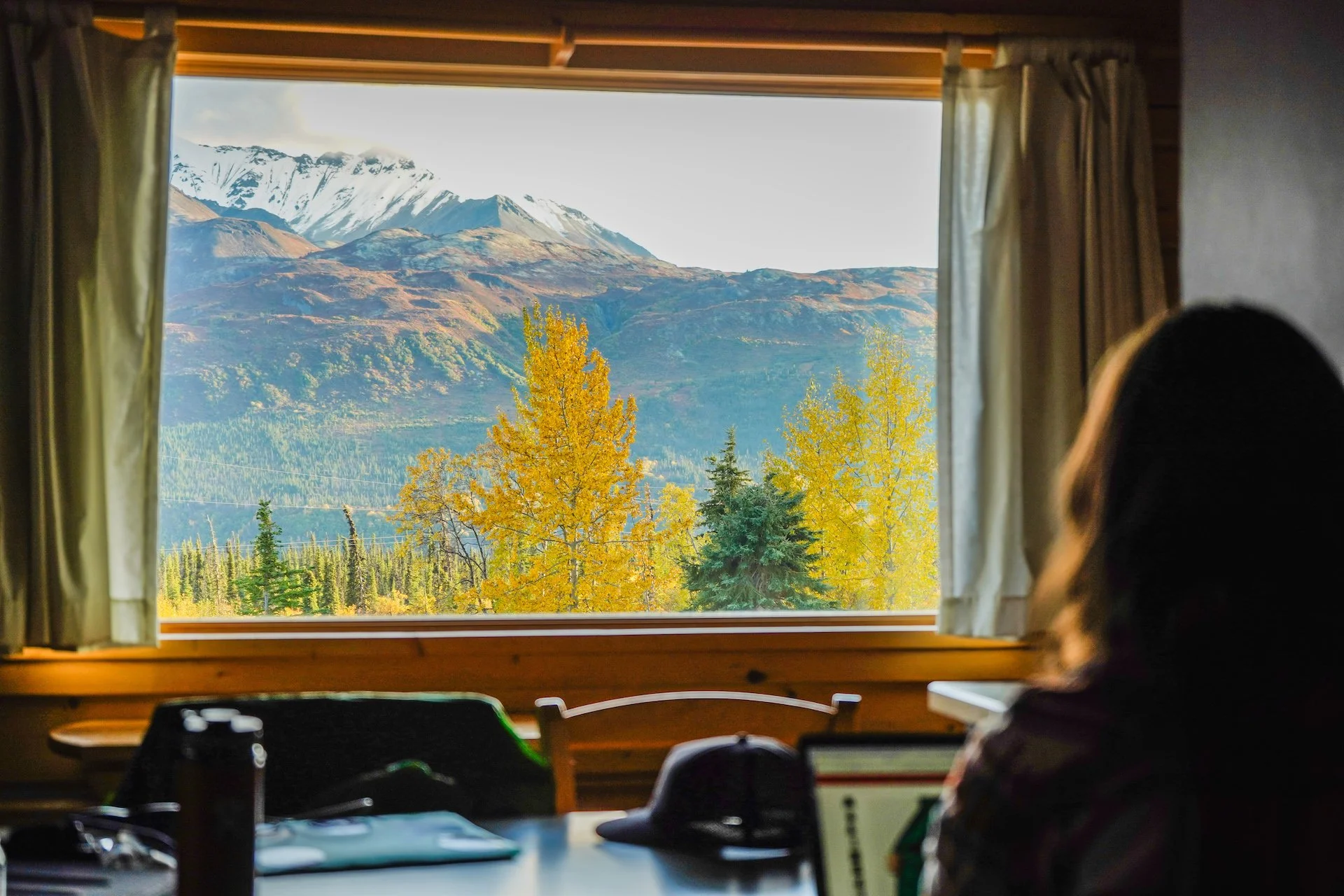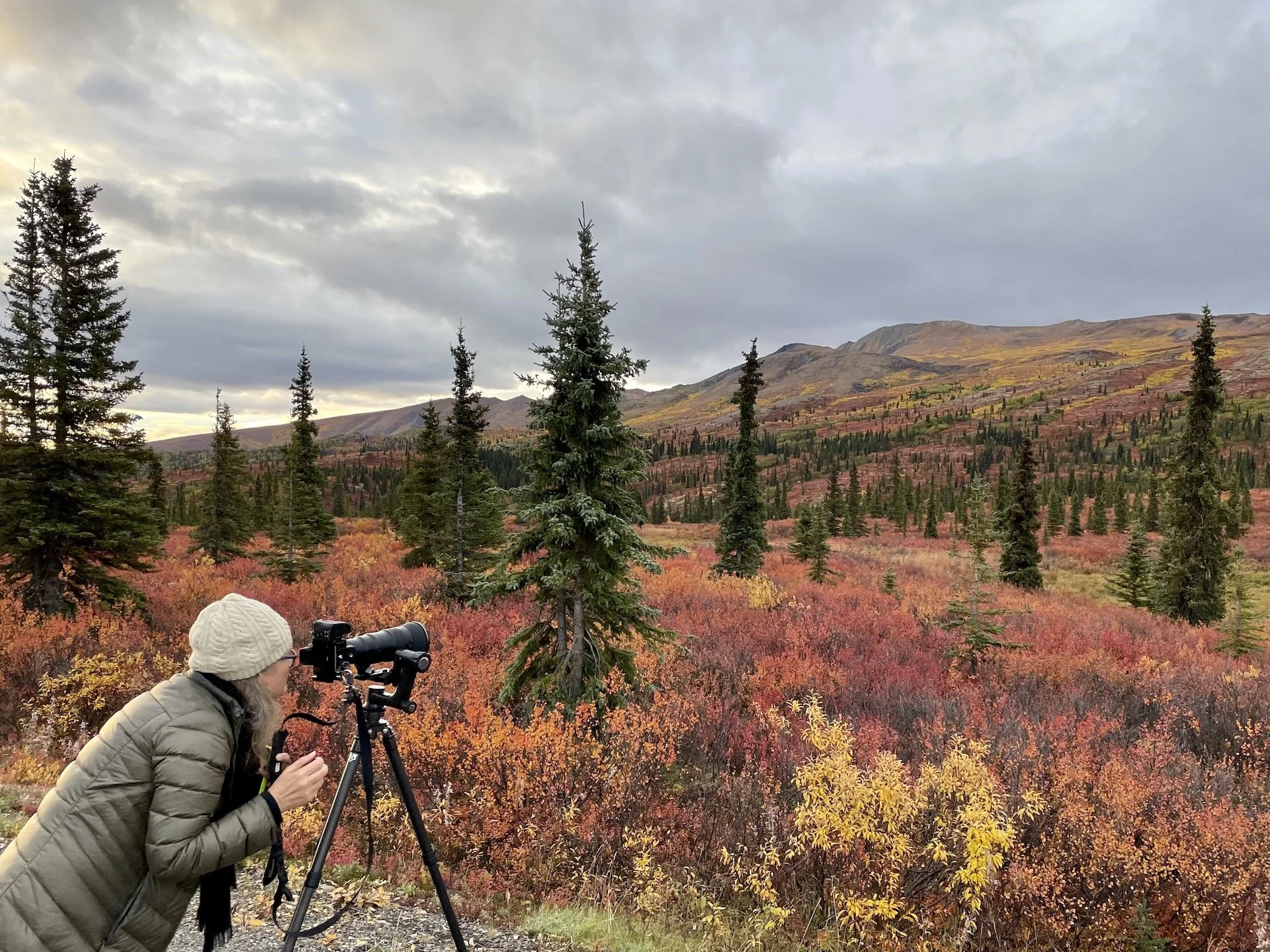Best Time to Visit Alaska - Plan Your Alaska Trip
There are many legends about the climate and weather in Alaska. While some of these stories may be partially true (yes, our winters can be pretty harsh; yes, it rarely gets dark in the summer; yes, climate change significantly impacts our state), many of them are exaggerated. However, we still live here, so it can’t be that bad, right?
In this article, you will discover what to expect during different seasons in Alaska. This information can assist you in choosing the best time to plan your big adventure to our state. And remember: the best time to visit Alaska is whenever you're available! Alaska is amazing no matter the time of year.
Keep in mind that Alaska is a huge state, the largest in the country (twice as big as Texas). If it were a country, it would be the 33rd largest in the world. The climate and weather in Alaska vary widely. In Southeast Alaska, there is more rain in the winter, while in Southcentral Alaska, heavy snowfall can occur. In the summer, temperatures also vary depending on where you are in the state. The Interior of Alaska often experiences temperatures of 75°F, while the North Slope usually won’t exceed 40 degrees.
To keep things simple, we will focus on Southcentral Alaska, the most visited region in our state for those traveling by car or train. This includes the Anchorage area, the Kenai Peninsula, and some of the most beautiful roads in Alaska.
In Alaska, the weather is simply unpredictable. Sometimes, you can experience long periods of hot, dry weather or constant pouring rain. In 2019 and 2022, temperatures in May and June were so hot that they impacted travel (wildfires near major roads). The summers of 2021, 2022, and 2023 were relatively cool, with many rainy days. Winter can also sometimes surprise us. In 2016 and 2017, there wasn't enough snow to run one of the most prestigious dog sledding races - the legendary Iditarod.
What’s the conclusion? Whether it's sunny, rainy, snowy, hot, or cold, we genuinely believe that you can and should enjoy Alaska in all seasons!
Summer in Alaska
Summer is the prime time for the travel industry and the best time to visit for first-timers in Alaska. During the summer in Alaska, animals are most active, trails are clear of ice and snow, and nature is in full bloom. Only in summer can you take advantage of some of the best activities, including whale watching, bear viewing, or visiting Denali National Park. The summer season in Alaska runs from June to the end of August. During this period, prices are at their highest. Remember that visiting Alaska in the summer requires planning your trip and making reservations well in advance.
During the summer, the weather is very pleasant. At least, that’s what Alaskans think.
During the summer, the temperature typically ranges between the 50s and 60s. However, the sun can make it feel warmer than that. Locals often wear T-shirts and shorts (some even wear shorts in the winter!). Keep in mind that people from warmer climates may feel the temperature differently. For visitors, we suggest bringing a few warmer layers. A light-down jacket will be useful for cooler evenings, whale watching, kayaking, or glacier dog sledding. It's also always a good idea to carry a good rain jacket with you.
Each summer month in Alaska is very different. You can read more about specific months in our other articles:
If you are flexible with the timing of your visit and not confined to the summer months, you might want to think about traveling to Alaska during the shoulder season. May is historically the driest month in Alaska, and you can also benefit from lower prices and fewer crowds. The drawback is that there may still be snow on many mountain trails, and certain activities may not yet be available.
Winter in Alaska
It should be no surprise that Alaskan winters can be harsh, but they can also be very rewarding if approached with the right mindset!
Heavy snowfall can be expected in Southcentral Alaska between December and March. During the winter, you should be prepared for cold temperatures, as it regularly drops to 0 degrees or less. In the Interior (Denali, Fairbanks), temperatures can even reach as low as -20 or -30 degrees. Brrrr!
Despite the cold temperatures, there is a lot happening in Alaska during the winter. Locals and visitors can enjoy activities such as cross-country skiing, fat biking, downhill skiing, ice skating, dog sledding, flightseeing, and snowshoeing. And of course, the biggest star of winter in Alaska is the Aurora Borealis.
Read more about why you should visit Alaska in the winter.
Local Tip: If you're dreaming of a real, white, magical adventure in Alaska, we recommend visiting in February or early March. There should be plenty of snow, and the daylight hours are long enough to see more than just Anchorage. If you plan your trip wisely, you can participate in some of the most exciting winter events, such as Fur Rendezvous.
Spring in Alaska
Springtime in Alaska is brief, and sometimes we miss it! Daylight hours start to extend in April, and the snow melts quickly in the city but lingers on many hiking trails. It's a quiet season with few visitors, and locals start preparing for summer. We spend a lot of time planning our adventures so we're all set when summer comes. No one wants to waste the precious warm days!
Spring is the season for rain boots—not because of high precipitation but because of melting snow. It's an odd time for everyone as the ski trails are no longer available, but it’s too soon to switch to hiking. We just have to be patient.
Autumn in Alaska
Autumn in Alaska, like spring, can be very short, especially if you're looking forward to seeing the golden colors. However, if you visit at the right time, you will be rewarded. Alaska in the fall is absolutely beautiful, unforgettable, and hard to beat.
Autumn in Alaska, like spring, can be very short, especially if you're looking forward to seeing the golden colors. However, if you visit at the right time, you will be rewarded. Alaska in the fall is absolutely beautiful, unforgettable, and hard to beat.
Autumn usually begins in September, with the first snow in the high mountains, known as Termination Dust (marking the end of summer). The most beautiful colors are typically seen in mid-September. This time is perfect for photographers to visit the Glenn Highway, Denali National Park, Kenai Peninsula, or even the Anchorage area.
During the fall in Alaska, temperatures are cooler than in the summer. In many parts of the state, the nighttime temperature can drop to 30 to 40 degrees, but the days are usually pleasant for outdoor activities. It is important to be prepared for rainy weather during this time of year. However, with a good rain jacket and a pair of rain boots, you should be able to visit all the important places in Alaska, and you may also enjoy lower prices and fewer crowds.
Local Tip: Autumn can be a great time to see the Northern Lights in Alaska. The roads are typically free of ice and snow, so you can still easily travel to any location without requiring a guided tour. The frequent rainy days in September and October may pose a problem, so witnessing the Aurora Borealis should be seen as a bonus, not a guarantee.
When is the best time to visit Alaska?
June, July, and August are the prime months for a trip to Alaska. During these months, the weather is (fairly) stable and pleasant, and all attractions are open to visitors. However, it's important to note that prices are at their highest, and it may be difficult to find accommodation and activities during peak travel season. With proper planning, you can have an amazing time in Alaska no matter which month you choose to visit.
If you're interested in hiking, aim for July and August. To see the northern lights while driving on your own, consider visiting in September. For brown bear watching at Brooks Falls, July, and September are the best months to visit. Early summer is ideal for whale watching. Fishing is great from mid-summer, but the best locations will vary. If you're not a fan of hiking, don't like crowds, and want to save money, consider visiting in mid-May. For a true Alaskan winter experience, February and early March are your best bet.
And remember that the best time for a trip to Alaska is whenever you can go!
Ready to visit? Let us help you plan your trip to Alaska!


